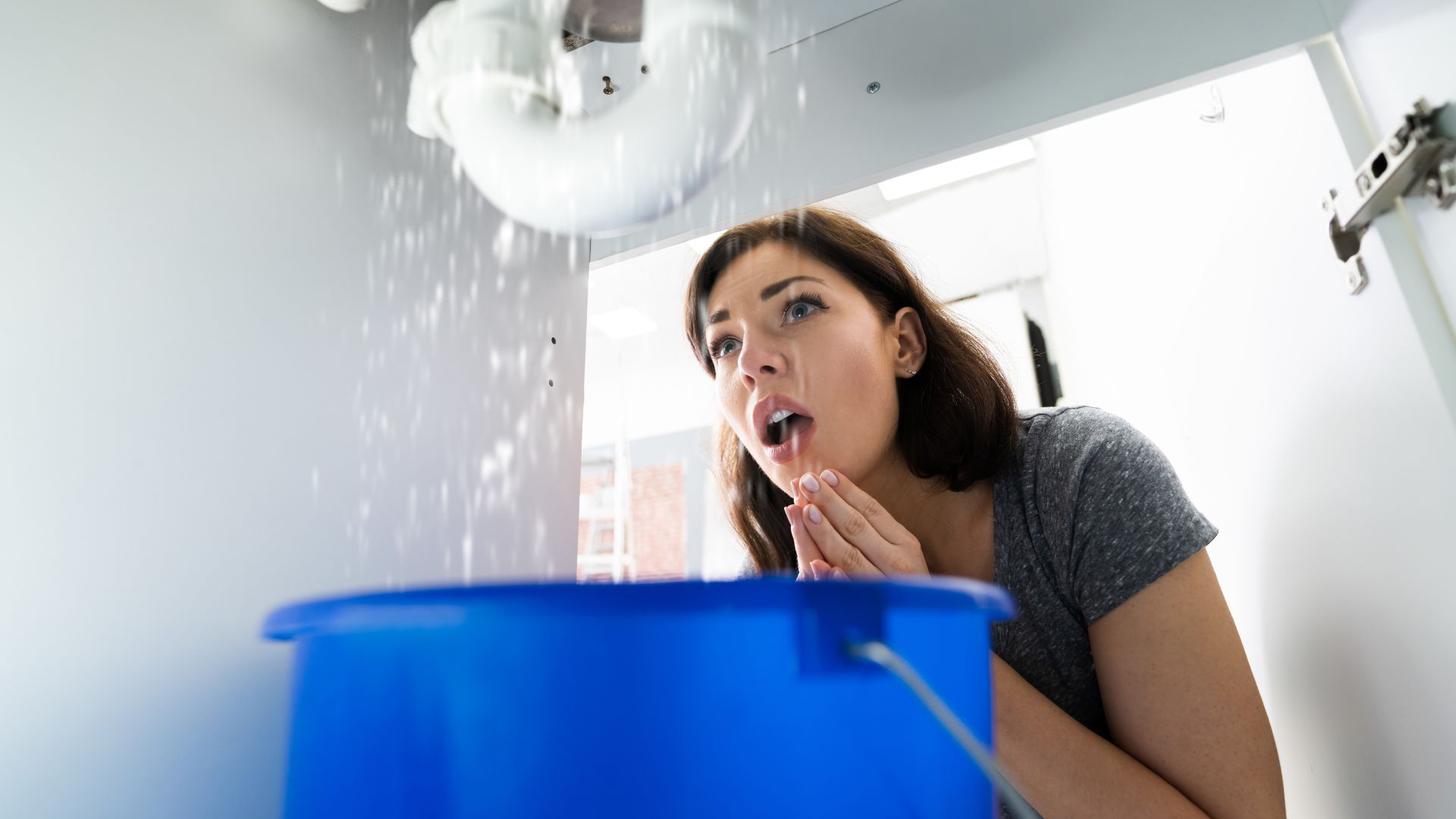Introduction
When you suspect a leak, choosing the right service provider is critical. A mistake here can lead to unnecessary damage, inflated costs, or missed leaks. In this post, we’ll walk you through how to evaluate leak detection services in Riverside—what questions to ask, red flags, and what a good process looks like. This brings together the insights from Post 1 (spotting hidden leaks) and Post 2 (slab leaks). And of course, we’ll tie everything back to our core service offering.
Table of Contents
- Why Choosing the Right Service Matters
- Key Questions to Ask When Vetting Providers
- Qualities of a Strong Leak Detection Company
- What a Good Leak Detection Process Looks Like
- Warning Signs / Red Flags
- How to Use These Blogs in Tandem
- Conclusion
Why Choosing the Right Service Matters
Even if you spot signs of a leak (Post 1) or suspect a slab issue (Post 2), a poor provider can lead to:
- Unnecessary wall/floor demolition
- Misdiagnosed leaks
- Hidden secondary damage
- Over-expenditure
- Delayed repair
You want a service that is efficient, minimally invasive, and accurate.
Key Questions to Ask When Vetting Providers
Before hiring, ask:
- What detection methods do you use?
- How do you pinpoint leak location?
- Do you use non-destructive techniques?
- Can you show me sample reports or past work?
- How long will the detection take?
- What will repairs look like after detection?
- How do you communicate findings and pricing?
- What areas in Riverside do you service?
- How is your after-service support if issues persist?
Your answers should reflect competence, transparency, and attention to detail.
Qualities of a Strong Leak Detection Company
Look for these characteristics:
- Uses multiple detection methods (acoustic, infrared, camera)
- Provides you with a clear report or schematic
- Uses modern, well-maintained equipment
- Offers clear communication and updates
- Minimizes disruption to your home
- Has good customer feedback in your area
- Understands local challenges in Riverside homes
These qualities together signal professionalism and reliability.
What a Good Leak Detection Process Looks Like
A trustworthy service will:
- Initial assessment & symptom review
- Visual inspection for obvious clues
- Isolation of plumbing zones
- Sequential use of detection methods (sound, infrared, camera)
- Pinpointing the leak location
- Providing options for repair once location is confirmed
- Cleanup and restoration plan
- Follow-up or monitoring if needed
You should be part of the communication process.
Warning Signs / Red Flags
Beware of providers who:
- Use only one method (e.g. “I just dig everywhere”)
- Provide vague estimates or refuse to show detection steps
- Hesitate to show sample detection reports
- Require full payment before doing any diagnostic work
- Have consistently negative or no reviews
- Use invasive “rip and find” approaches instead of non-destructive methods
If you encounter any of these, ask more questions or consider another provider.



